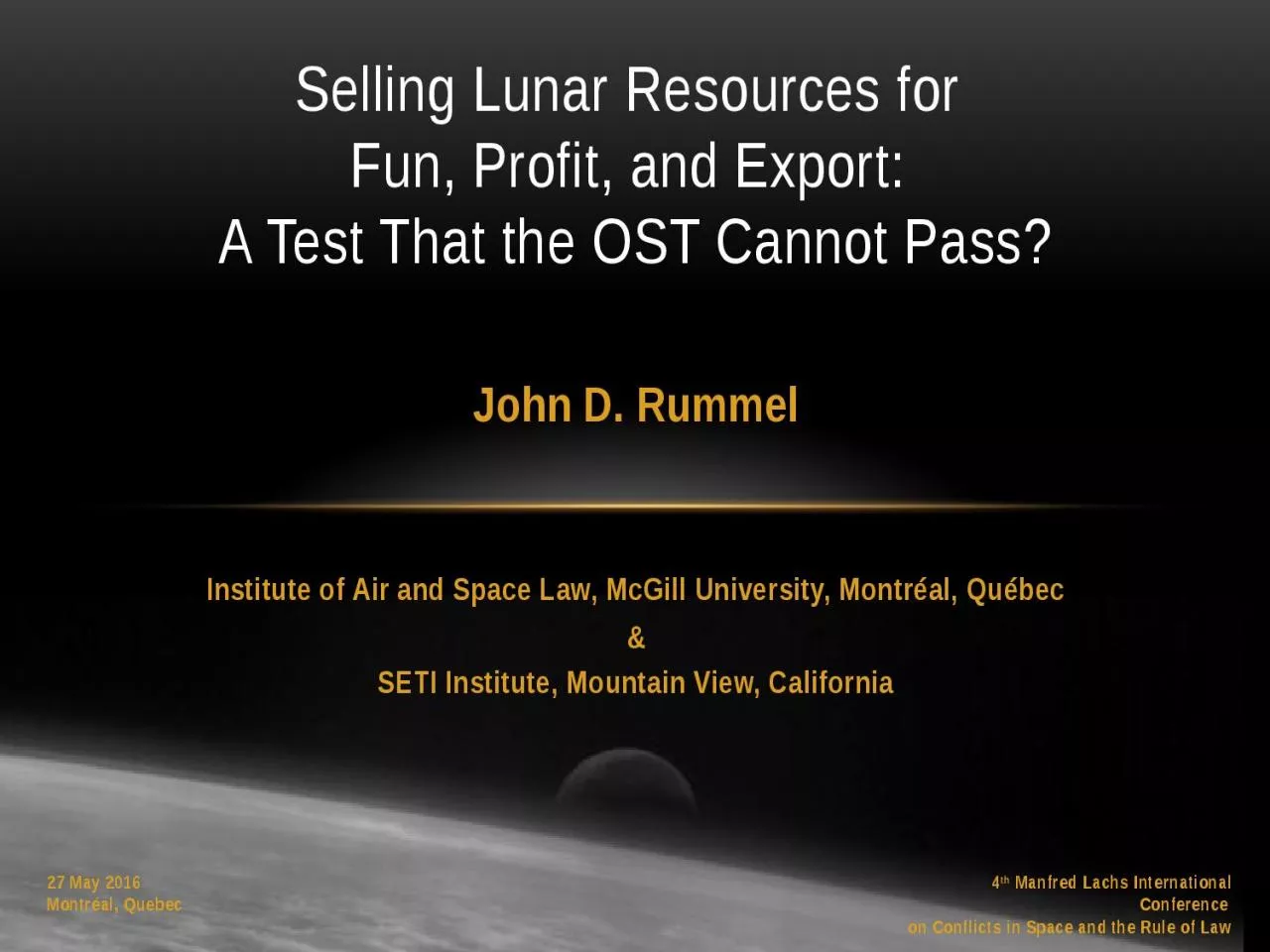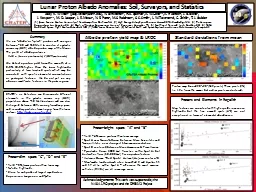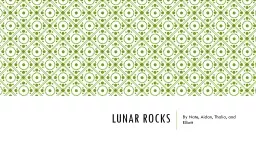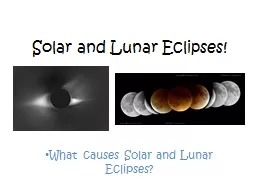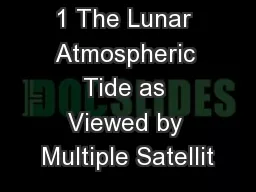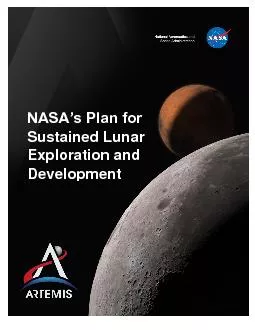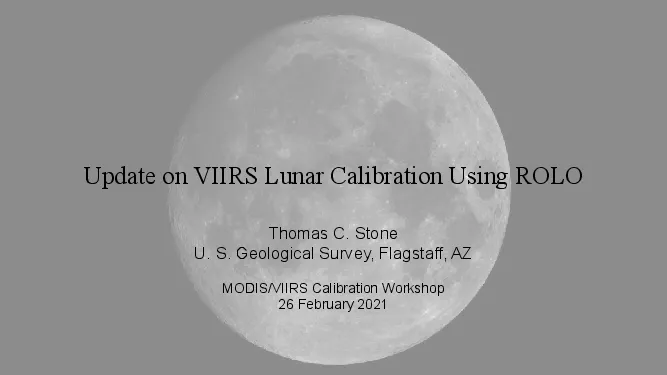PPT-Selling Lunar Resources for
Author : smith | Published Date : 2023-10-04
Fun Profit and Export A Test That the OST Cannot Pass John D Rummel Institute of Air and Space Law McGill University Montréal Québec amp SETI Institute Mountain
Presentation Embed Code
Download Presentation
Download Presentation The PPT/PDF document "Selling Lunar Resources for" is the property of its rightful owner. Permission is granted to download and print the materials on this website for personal, non-commercial use only, and to display it on your personal computer provided you do not modify the materials and that you retain all copyright notices contained in the materials. By downloading content from our website, you accept the terms of this agreement.
Selling Lunar Resources for: Transcript
Download Rules Of Document
"Selling Lunar Resources for"The content belongs to its owner. You may download and print it for personal use, without modification, and keep all copyright notices. By downloading, you agree to these terms.
Related Documents

